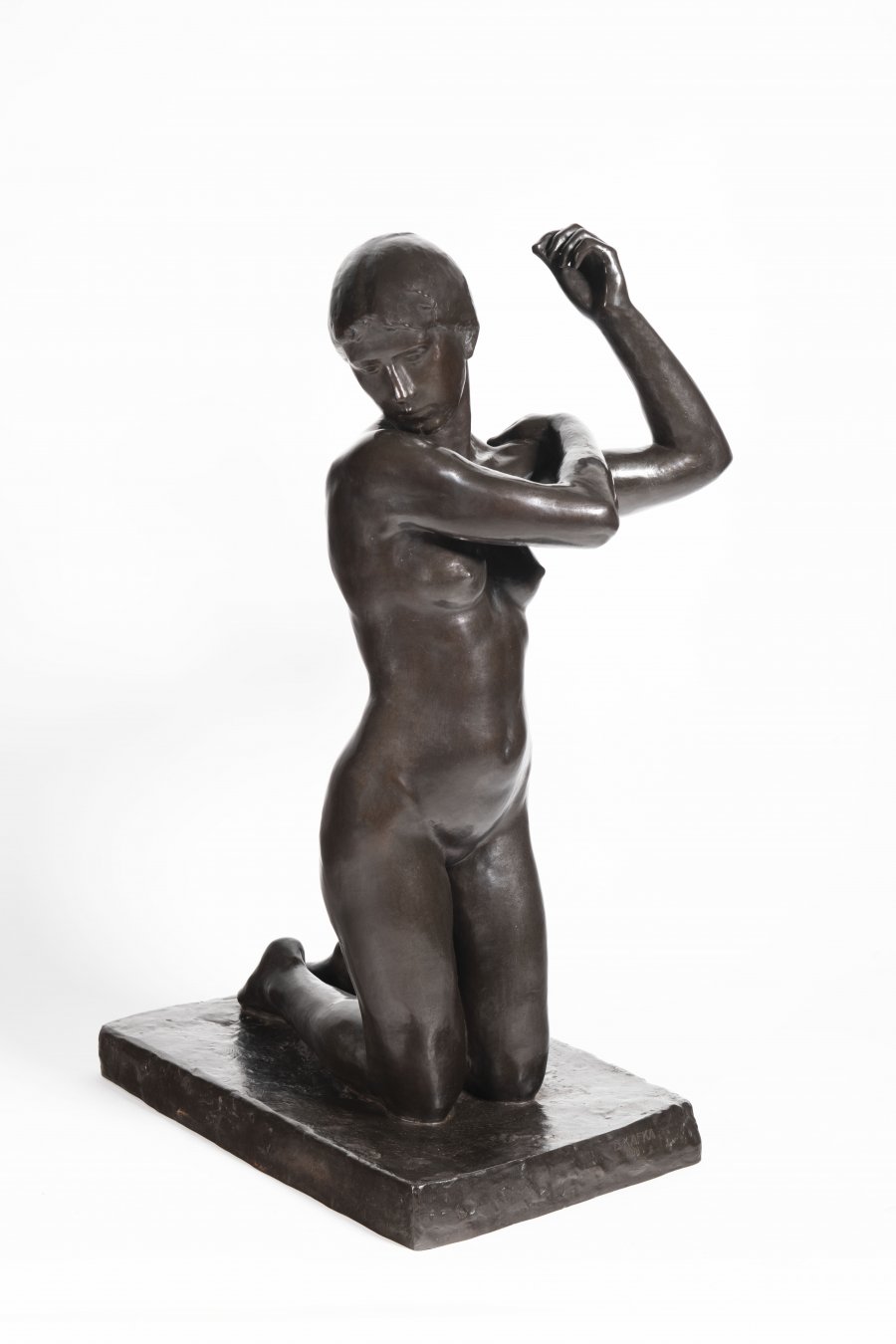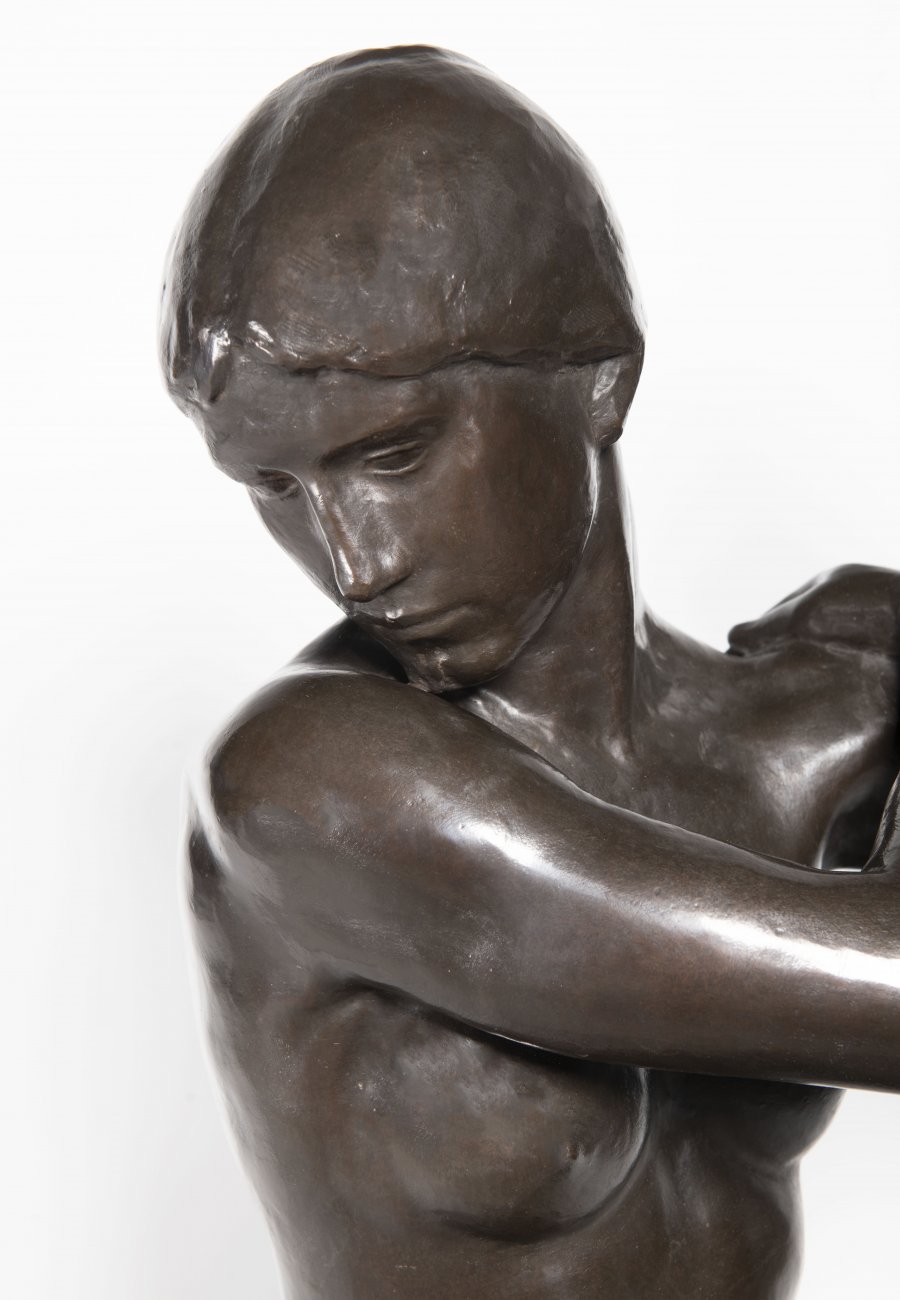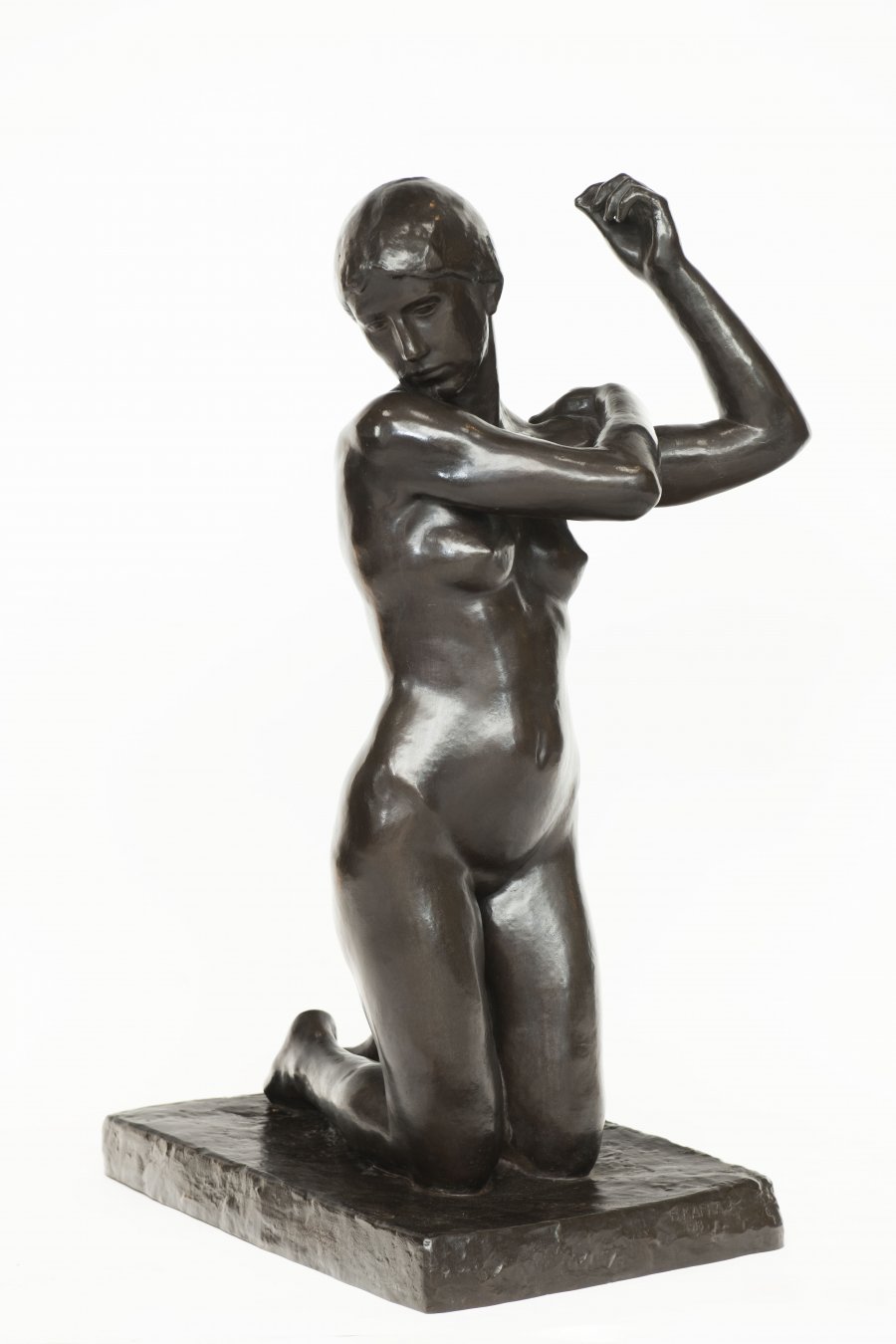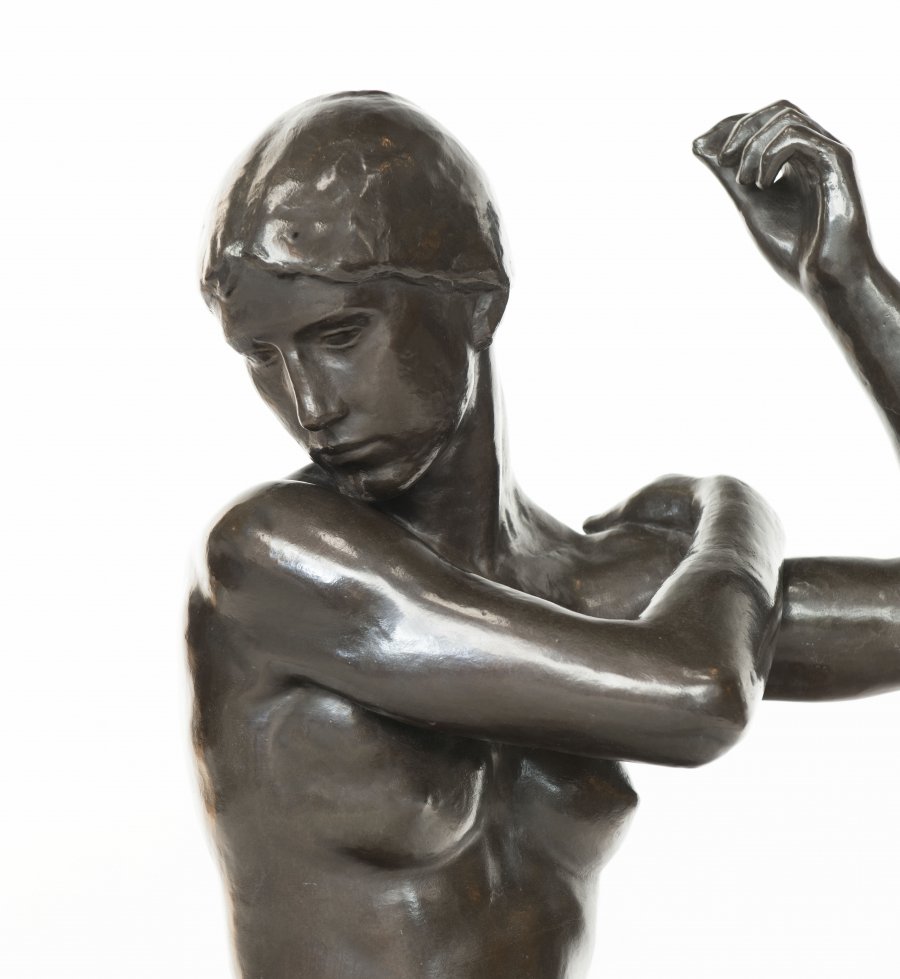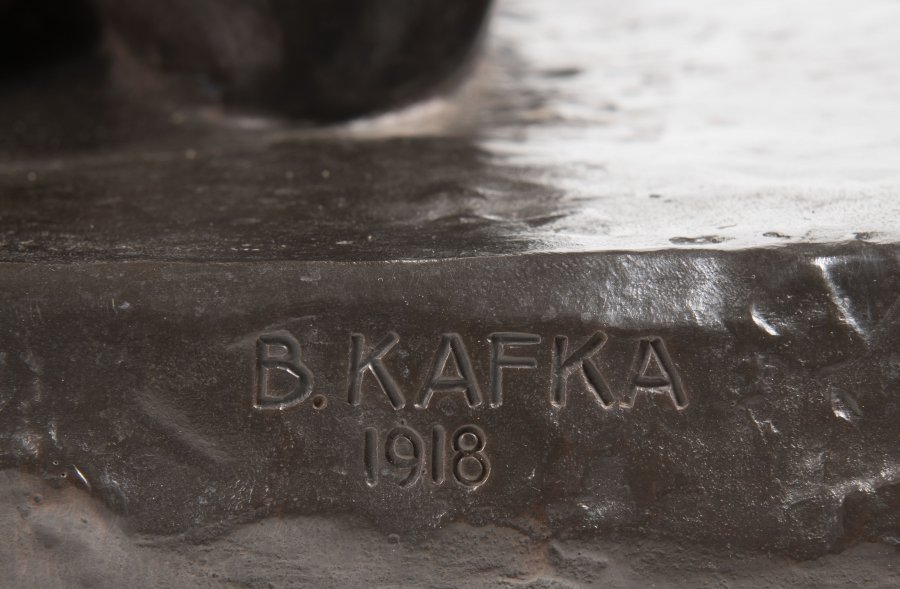Lot 106
AFTER BATH
1918
Bronze
98 cm (h)
Signed and dated on the plinth: B. KAFKA / 1918
| 10 417 €
| 10 417 €
Bohumil Kafka, a significant Czech sculptor, is best known as the author of the monumental statue of Jan Žižka in Vítkov or the monument to the painter Josef Mánes the Rudolfinum building in Prague. In his works, he was open to the influence of Symbolism and in his early work also to the decorative requirements of Art Nouveau. Between 1904 and 1908, he worked in Paris, where he had the opportunity to see the work of Auguste Rodin and E. A. Bourdelle, along with the atmosphere of the emergence and gradual differentiation of modern art. At the time of the formation of the Czechoslovak state, after the death of Stanislav Sucharda, he replaced his teaching position at the Prague School of Arts and Crafts. At this time, the coexistence of sculpture and architecture was essential for Kafka. Large ideal figures were to be in balance with classic architecture. "The kneeling female nude entitled After Bathing from 1918 demonstrates," writes Professor Peter Wittlich "Kafka's attempt to really practice the basic principle of the New Style, that the human body as the figure is a formal assembly of the torso and its limbs, having a symbolic character. But even here the gaze of the sculpture, which is actually the mental counterweight of corporeality itself, had its weight." Published: Petr Wittlich. Bohumil Kafka. The Story of a Sculptor (1878-1942). 2014. p. 151.
More works from auction
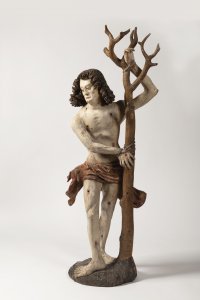
Lot 1 A SCULPTURE OF SAINT SEBASTIAN
Starting price150 000 CZK | 6 250 €
Price realized
230 000 CZK | 9 583 €
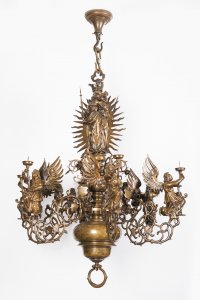
Lot 2 A SIX-ARMED MANNERIST CHANDELIER
Starting price650 000 CZK | 27 083 €
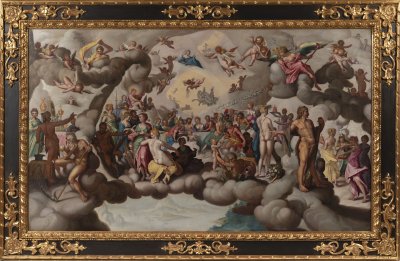
Lot 3 FEAST OF THE GODS
Starting price320 000 CZK | 13 333 €
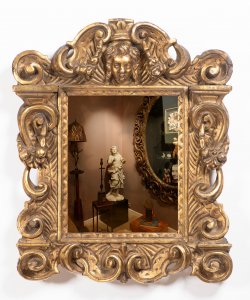
Lot 4 A MANNERIST SANSOVINO FRAME
Starting price45 000 CZK | 1 875 €
Price realized
55 000 CZK | 2 292 €
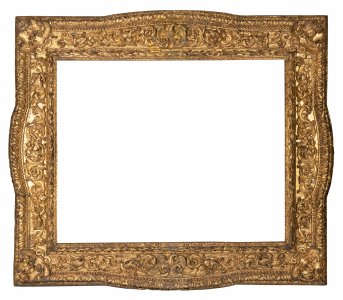
Lot 5 A LARGE MANNERIST FRAME
Starting price290 000 CZK | 12 083 €
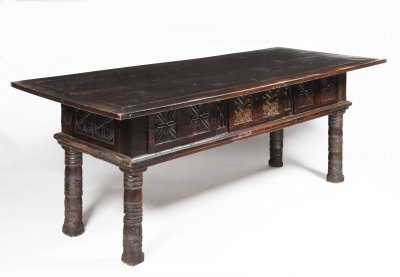
Lot 6 A RENAISSANCE TABLE
Starting price38 000 CZK | 1 583 €
Price realized
65 000 CZK | 2 708 €
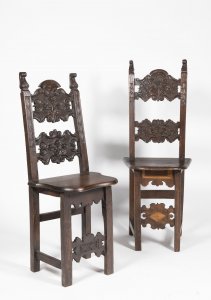
Lot 7 A PAIR OF MANYRISTIC CHAIRS
Starting price12 000 CZK | 500 €
Price realized
33 000 CZK | 1 375 €
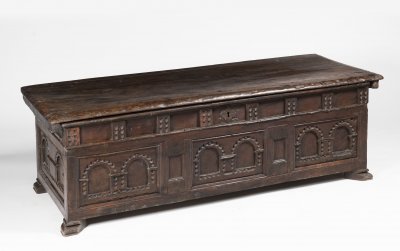
Lot 8 A RENAISSANCE CHEST
Starting price25 000 CZK | 1 042 €
Price realized
43 000 CZK | 1 792 €

Lot 9 CZECH CHRONICLE
Starting price36 000 CZK | 1 500 €
Price realized
190 000 CZK | 7 917 €
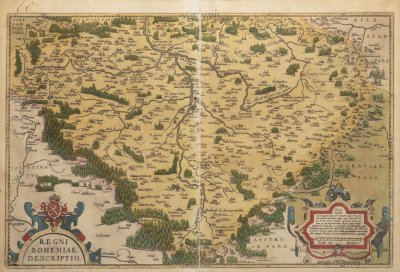
Lot 10 MAPS OF BOHEMIA AND MORAVIA
Starting price10 000 CZK | 417 €
Price realized
11 000 CZK | 458 €
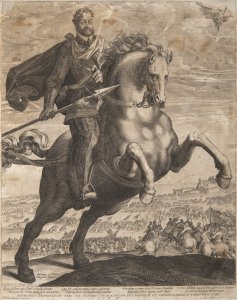
Lot 11 EQUESTRIAN PORTRAIT OF RUDOLPH II.
Starting price10 000 CZK | 417 €
Price realized
37 000 CZK | 1 542 €
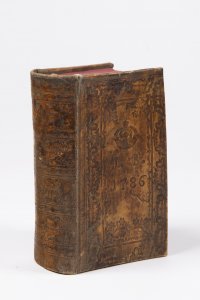
Lot 12 A MANUAL
Starting price18 000 CZK | 750 €
Price realized
70 000 CZK | 2 917 €
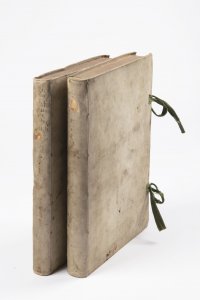
Lot 13 MINING AND PROSPECTING BOOKS
Starting price35 000 CZK | 1 458 €
Price realized
55 000 CZK | 2 292 €
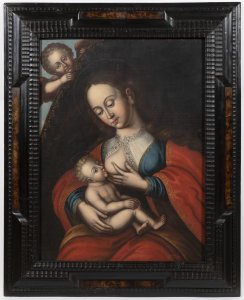
Lot 14 THE NURSING MADONNA
Starting price90 000 CZK | 3 750 €
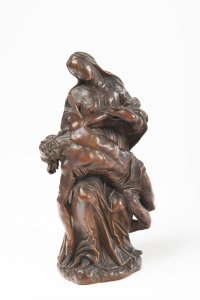
Lot 15 A BAROQUE PIETA
Starting price20 000 CZK | 833 €
Price realized
20 000 CZK | 833 €
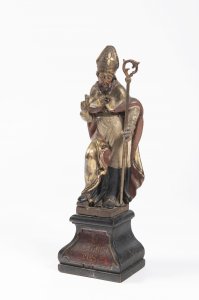
Lot 16 A BAROQUE SCULPTURE OF SAINT ADALBERT
Starting price20 000 CZK | 833 €
Price realized
20 000 CZK | 833 €
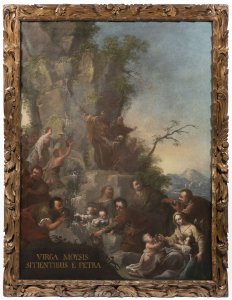
Lot 17 MOSES ON CHOREB
Starting price110 000 CZK | 4 583 €
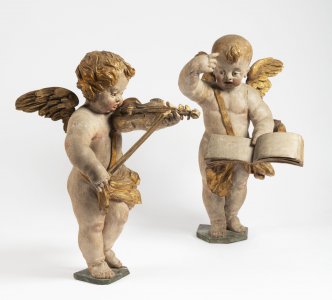
Lot 18 A PAIR OF BAROQUE PUTTI
Starting price48 000 CZK | 2 000 €
Price realized
95 000 CZK | 3 958 €
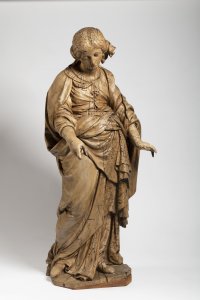
Lot 19 A BAROQUE FIGURE
Starting price29 000 CZK | 1 208 €
Price realized
60 000 CZK | 2 500 €
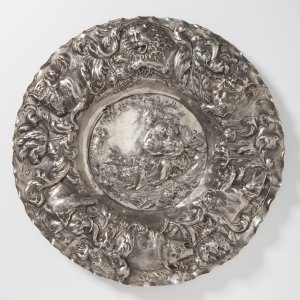
Lot 20 A SILVER PLATE
Starting price80 000 CZK | 3 333 €
Price realized
80 000 CZK | 3 333 €

Lot 21 A BAROQUE CUTLERY
Starting price60 000 CZK | 2 500 €
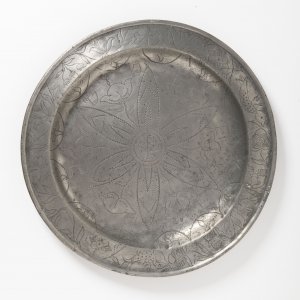
Lot 22 A PEWTER PASSOVER PLATE
Starting price25 000 CZK | 1 042 €
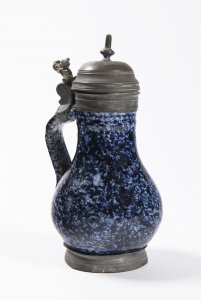
Lot 23 A SMALL HABÁN JUG
Starting price60 000 CZK | 2 500 €
Price realized
60 000 CZK | 2 500 €
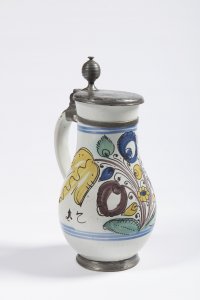
Lot 24 A HABÁN JUG
Starting price70 000 CZK | 2 917 €
Price realized
95 000 CZK | 3 958 €
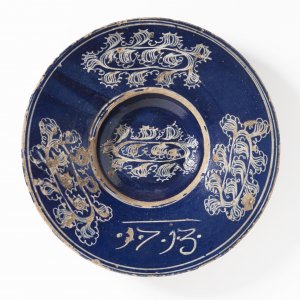
Lot 25 A PLATE
Starting price23 000 CZK | 958 €
Price realized
25 000 CZK | 1 042 €
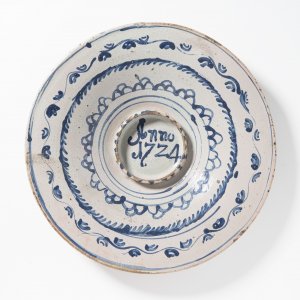
Lot 26 A HABÁN PLATE
Starting price30 000 CZK | 1 250 €
Price realized
34 000 CZK | 1 417 €
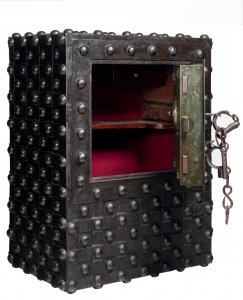
Lot 27 AN ELABORATE BAROQUE STRONGBOX "CASSA FORTE"
Starting price120 000 CZK | 5 000 €
Price realized
380 000 CZK | 15 833 €
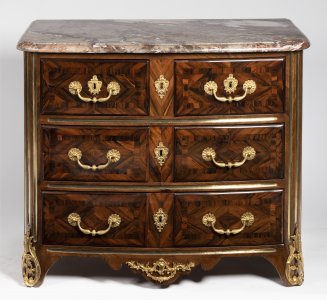
Lot 28 LE RÉGENCE CHEST OF DRAWERS
Starting price35 000 CZK | 1 458 €
Price realized
45 000 CZK | 1 875 €
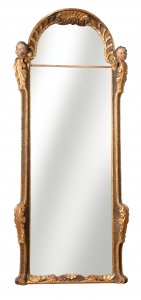
Lot 29 A BAROQUE MIRROR
Starting price29 000 CZK | 1 208 €
Price realized
49 000 CZK | 2 042 €
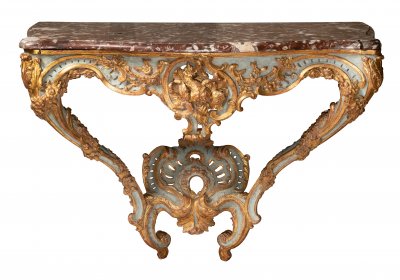
Lot 30 A ROCOCO CONSOLE TABLE
Starting price55 000 CZK | 2 292 €
Price realized
65 000 CZK | 2 708 €
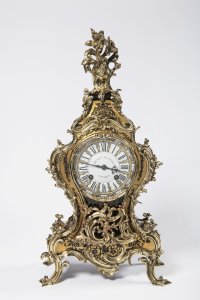
Lot 31 A LOUIS XV MANTEL CLOCK
Starting price55 000 CZK | 2 292 €
Price realized
120 000 CZK | 5 000 €
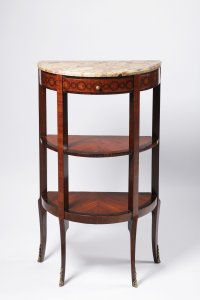
Lot 32 A LOUIS XVI STYLE CONSOLE ETAGER
Starting price15 000 CZK | 625 €
Price realized
15 000 CZK | 625 €
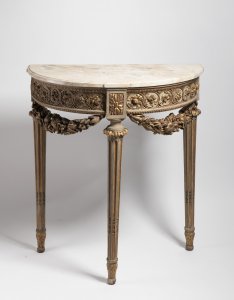
Lot 33 A CLASSICAL CONSOLE TABLE
Starting price30 000 CZK | 1 250 €
Price realized
30 000 CZK | 1 250 €
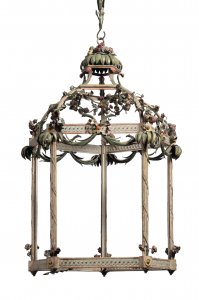
Lot 34 A CLASSICAL LANTERN
Starting price24 000 CZK | 1 000 €
Price realized
25 000 CZK | 1 042 €
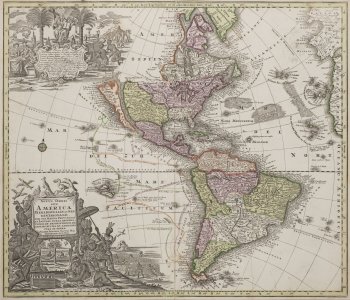
Lot 36 MAP OF THE AMERICAS
Starting price9 000 CZK | 375 €
Price realized
15 000 CZK | 625 €
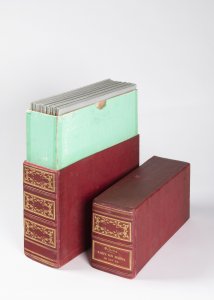
Lot 37 GENERAL-KARTE VON EUROPA
Starting price8 000 CZK | 333 €
Price realized
8 000 CZK | 333 €
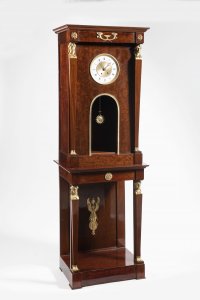
Lot 38 AN EMPIRE STYLE STANDING CLOCK
Starting price65 000 CZK | 2 708 €
Price realized
75 000 CZK | 3 125 €
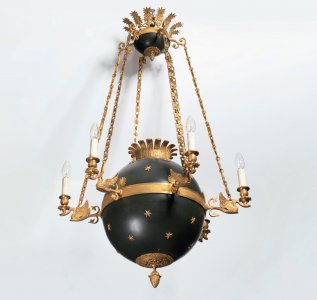
Lot 39 AN EMPIRE STYLE CHANDELIER
Starting price70 000 CZK | 2 917 €
Price realized
110 000 CZK | 4 583 €
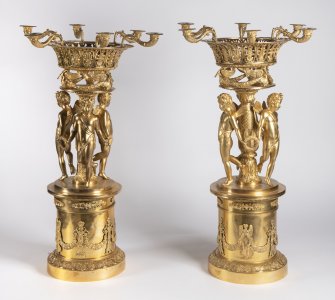
Lot 40 A PAIR OF EMPIRE CANDELABRA
Starting price280 000 CZK | 11 667 €
Price realized
280 000 CZK | 11 667 €
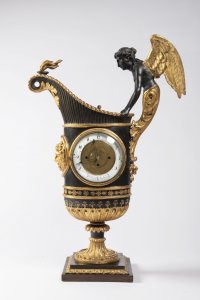
Lot 41 AN EMPIRE TABLE CLOCK
Starting price180 000 CZK | 7 500 €
Price realized
240 000 CZK | 10 000 €
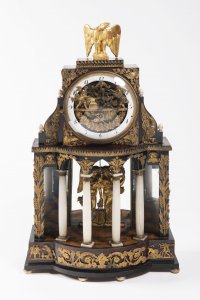
Lot 42 AN EMPIRE TABLE CLOCKS
Starting price40 000 CZK | 1 667 €
Price realized
55 000 CZK | 2 292 €
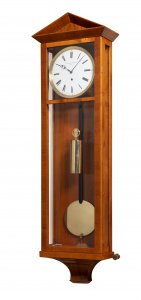
Lot 43 A BIEDERMEIER DACHLUHR
Starting price30 000 CZK | 1 250 €
Price realized
30 000 CZK | 1 250 €
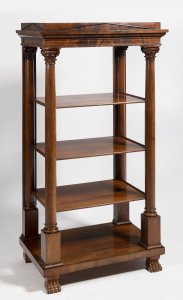
Lot 44 A BIEDERMEIER ETAGERE
Starting price38 000 CZK | 1 583 €
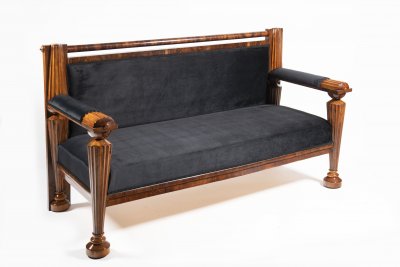
Lot 45 A BIEDERMEIER SOFA
Starting price65 000 CZK | 2 708 €
Price realized
140 000 CZK | 5 833 €
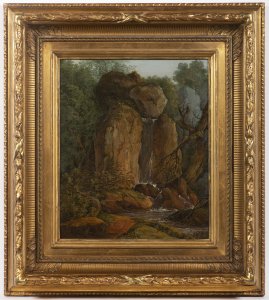
Lot 46 LANDSCAPE WITH A WATERFALL
Starting price120 000 CZK | 5 000 €
Price realized
130 000 CZK | 5 417 €
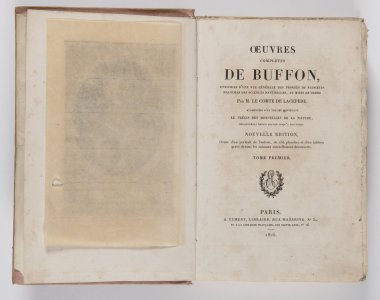
Lot 47 COMPLETE OEUVRE
Starting price18 000 CZK | 750 €
Price realized
37 000 CZK | 1 542 €
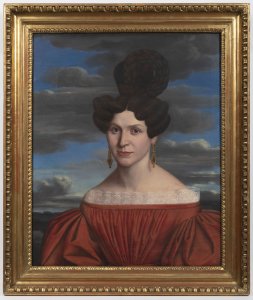
Lot 48 PORTRAIT OF A LADY
Starting price25 000 CZK | 1 042 €
Price realized
25 000 CZK | 1 042 €
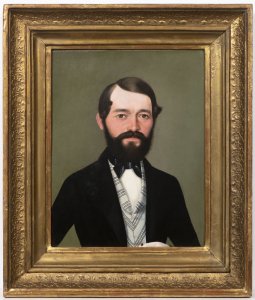
Lot 49 PORTRAIT OF AN ASTRONOMER
Starting price22 000 CZK | 917 €

